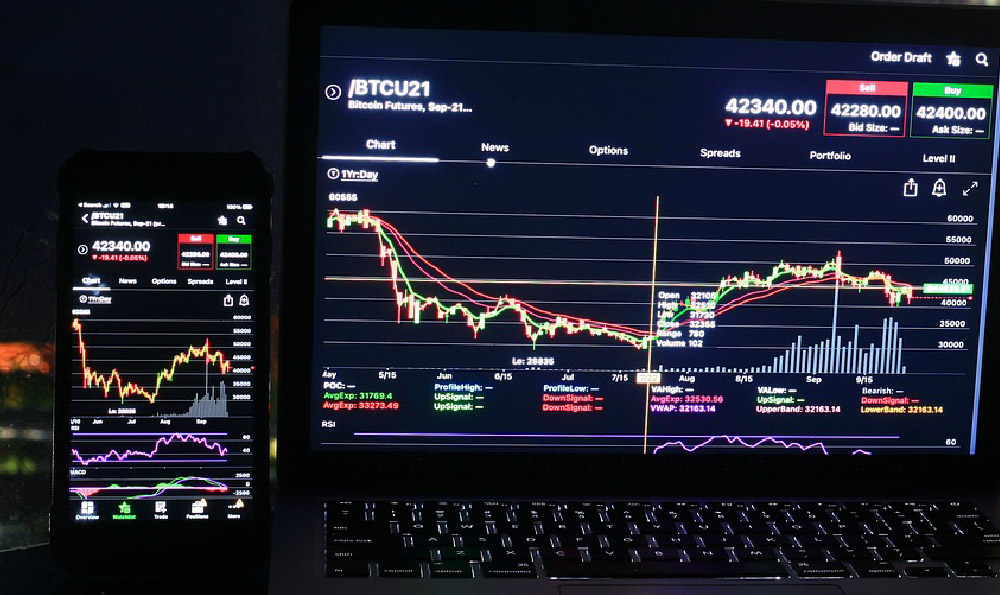
Uber drivers operate in a dynamic and competitive landscape, constantly seeking ways to maximize their earnings and ensure a sustainable livelihood. Success in this role extends beyond simply driving; it requires strategic planning, understanding market dynamics, and diligent expense management. A comprehensive approach to boosting income encompasses several key areas: optimizing driving times, utilizing available Uber features, minimizing operational costs, and exploring supplementary income streams.
One of the most impactful strategies is optimizing driving times. Analyzing demand patterns within a specific city is crucial. High-demand periods, often referred to as "surge pricing" times, typically occur during rush hour commutes (early mornings and late afternoons), weekends (especially Friday and Saturday nights), and special events (concerts, sporting events, festivals). Driving during these times allows drivers to capitalize on increased fares and maximize earnings per hour. Uber provides data and analytics through its driver app, showcasing areas with high demand in real-time. Regularly monitoring these maps and strategically positioning oneself in surge areas is essential. However, simply chasing surges blindly can be inefficient. Experienced drivers understand the predictable ebb and flow of demand in their specific localities, often identifying hotspots and routes where they can consistently secure rides without solely relying on surge pricing. Furthermore, understanding the local events calendar is vital. Knowing when concerts, sporting events, or conferences are taking place can provide a significant boost in ride requests.
Beyond strategic timing, leveraging Uber's available features can significantly impact earnings. The "Destination Filter" allows drivers to limit ride requests to a specific area or direction, useful when commuting home or needing to be in a particular part of town. While using the destination filter, it's crucial to understand its limitations, as it typically only allows for a limited number of uses per day. Accepting ride challenges and completing quests offered by Uber can also lead to bonus earnings. These challenges typically involve completing a certain number of rides within a specific timeframe or achieving a high acceptance rate. Diligently tracking progress and ensuring these challenges align with personal driving goals is key to maximizing their benefit. Engaging in Uber's referral program, where drivers earn bonuses for recruiting new drivers, can also provide a substantial income boost. The referral amount varies depending on location and promotional periods.

Minimizing operational costs is another crucial aspect of maximizing net earnings. Fuel is a major expense, so fuel-efficient driving habits are paramount. Avoiding aggressive acceleration, maintaining a steady speed, and properly inflating tires can significantly improve fuel economy. Utilizing gas price comparison apps and finding the cheapest gas stations along regular routes can also save a considerable amount of money over time. Vehicle maintenance is another critical area. Regular oil changes, tire rotations, and other preventive maintenance measures can help avoid costly repairs in the long run. Consider establishing a dedicated savings account for vehicle maintenance to cover unexpected expenses. Monitoring and tracking mileage is also important for tax purposes. Drivers can deduct expenses related to driving for Uber, either through the standard mileage rate or by itemizing actual expenses. Keeping detailed records of mileage, gas purchases, and other related expenses is essential for claiming these deductions.
Finally, exploring supplementary income streams can provide additional financial security. While driving for Uber provides a primary source of income, diversifying revenue sources can mitigate the risks associated with fluctuations in demand or personal circumstances. Consider options like delivering food through Uber Eats or other delivery services. These services often have different peak hours than ride-sharing, allowing drivers to supplement their income during slower periods. Exploring other gig economy opportunities, such as freelance work, online surveys, or tutoring, can provide additional income streams and diversify skillsets. Furthermore, consider investing a portion of Uber earnings to build long-term wealth. Even small, consistent investments can compound over time and create a financial safety net. Consulting with a financial advisor can help drivers develop a personalized investment strategy based on their individual goals and risk tolerance.
In conclusion, success as an Uber driver requires a multifaceted approach. Optimizing driving times, leveraging available Uber features, minimizing operational costs, and exploring supplementary income streams are all essential strategies for maximizing earnings and achieving financial stability. By diligently implementing these strategies and continuously adapting to the evolving transportation landscape, Uber drivers can increase their earning potential and build a more sustainable and prosperous future. The key is to treat driving for Uber not just as a job, but as a small business, requiring proactive management and strategic decision-making to thrive.





